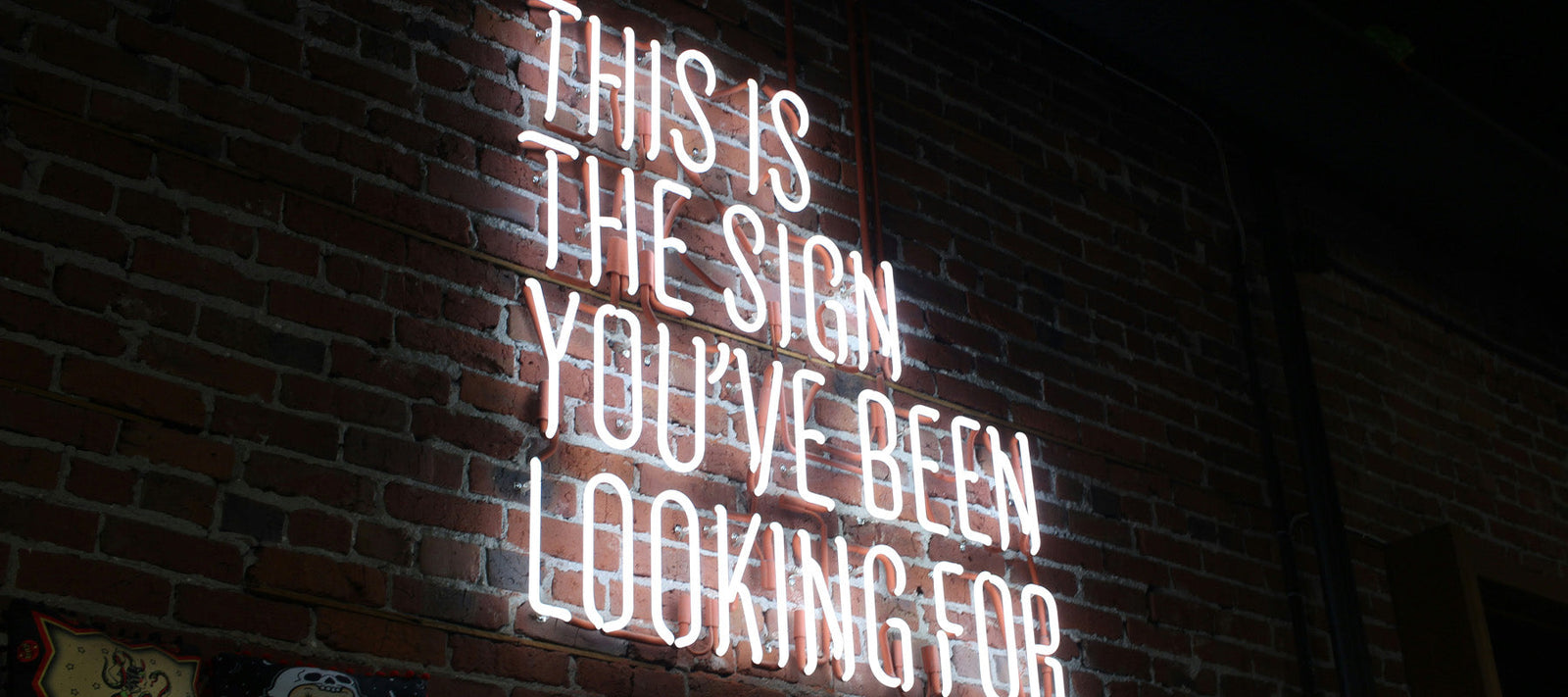Shops, stores and all sorts of businesses display their products in ways which are designed to make them as attractive as possible to customers and boost sales. Displaying products in this fashion is often called visual merchandising (VM), or known as retail display or product display. It’s a very important part of a company’s long term strategy, as well a key element of their branding. And obviously it significantly influences the way in which their space operates.
Retail display or product display is a very powerful force. Poor retail display can have an extremely negative effect upon a company’s prosperity. Whereas excellent retail display can dramatically improve brand and bottom line.
Most people who walk into a shop don’t spend much time considering the placement of products and promotional material around them. But in fact, most retail businesses will have spent a good deal of time and effort into the presentation of these things. Companies which realise that retail display is a key element to their success place products and related promotional and advertising items in very specific spots, for calculated reasons.
Displays in a retail space should look appealing, be top quality and generally help make the space aesthetically pleasing. The space should be visually stimulating and interesting to wander around. But clever retail display goes much further than simply helping to create an appealing environment.
It is estimated that only a third of customer decisions about purchasing products are pre-planned. This is why displaying products and advertising in smart ways is essential. If only 33% of the people who walk through your door buy one item, that is not a lot of sales. You want those customers to be wowed by catchy displays and signage, and to be persuaded to buy additional products (or services). You also want people who were ‘just browsing’ to be charmed by your retail displays and convinced to buy. If not straight away then perhaps later, at least.
Products and marketing materials should be placed strategicallyaround your shop front and floor, to increase sales. This shouldn’t be done on a whim, but carefully planned, because specific spots work better for certain products and signage than others. There’s really quite a science to it. As anyone who is experienced in VM or the supply of custom retail displays and print campaigns will tell you.
Many larger businesses have employees who have been professionally trained in VM, or have done it for years and have perfected the skills required. Additionally, they call on suppliers of custom displays and fixtures to assist them with ideas and solutions for finessing their spaces and creating alluring shopping environments.
The science of retail display is based upon decades of data and discussion, tried and tested approaches and consumer behaviour. Of course, different types of businesses have very different sorts of consumers. Retailers need to understand their consumers, and cater to them effectively; this will often mean making the specific retail displays ever more intricate.
What are some of the ways to rev up your retail display? There are dozens, but let’s take a closer look at a few classics:
BE A GROUPIE
Products look better in groups, arranged in appealing ways. This might be a good looking group of the one product, or groups of multiple complementaryproducts – things that naturally go well together. Put them next to each other, or one on top of the other; whatever looks eye-catching and current. You want customers to look, see and think about how well those products go together – and decide to buy more than one. If you’re a clothes store, for instance, you might display beanies and gloves alongside one another, when it’s time to shop for winter woollies. Of course, mannequins are excellent for this sort of grouping. Good grouping has been shown time after time to lead to lots of lovely impulse buying.
LOCATION, LOCATION, LOCATION
It really does matter where you decide to display products. Customers won’t really think about this, but you definitely should. It’s all to do with your customers’ subconscious tendencies. Ideally, you want to encourage your customers to walk around the whole place. To get this right, you need to spread the products evenly around, if possible. The products which you know are in the highest demand should be placed in a number of prime real estate locations around the shop floor. Smaller, cheaper items always go well near the counters. The more subtle aspects of placement are important too, such as shelf level: products at eye level are going to get the most exposure to the wandering eyes of customers, aren’t they. What if the target audience for certain products is kids? Place these at children’s eye levels.
LIFE’S COLOURFUL PARADE
Keep it colourful. No-one likes a drab environment. Also, make sure the colours you use go well together. They want to be complementary. Clever use of colour can be the difference between a potential purchaser engaging with products or walking on by. Colours should be attention grabbing; they should be intriguing. This is especially important at the entrance of the shop and in the windows and signage at the front. You want to entice customers in with cool colour combinations. Then you want to connect colourways around the shop floor – like the old expression, “a red rag to a bull.” In this case, the customers are bulls; they are charging down the aisles to buy your fabulous products!
Don’t forget to keep analysing the data, in terms of sales figures and customer behaviour patterns. Is it what you expected? If you think you can improve customer engagement and therefore sales by moving fixtures and displays, trying alternative looks and arrangements, then do it! No-one enjoys a shop which always looks the same, month in, month out. Change it around from time to time. Experiment.
Get professional advice and solutions. Skilled retail designers, visual merchandisers, window dressers and store planners bring a wealth of knowledge, experience and terrific ideas to help you create the perfect retail environment. Engaging a professional may cost you now, but the advice, on-going strategy, products and tools they provide is invaluable, in the long run. You have a lot of competition, correct? You need a retail space which stands out from the crowd. Achieving this requires a unique mix of creativity, innovation and commercial acumen.
Making the surroundings in your store look great and energise customer engagement is a journey, which should be one of the more enjoyable aspects of running a business. At Informed Design, there’s nothing we like more than ensuring our clients’ retail display journey is a smooth and successful one.






